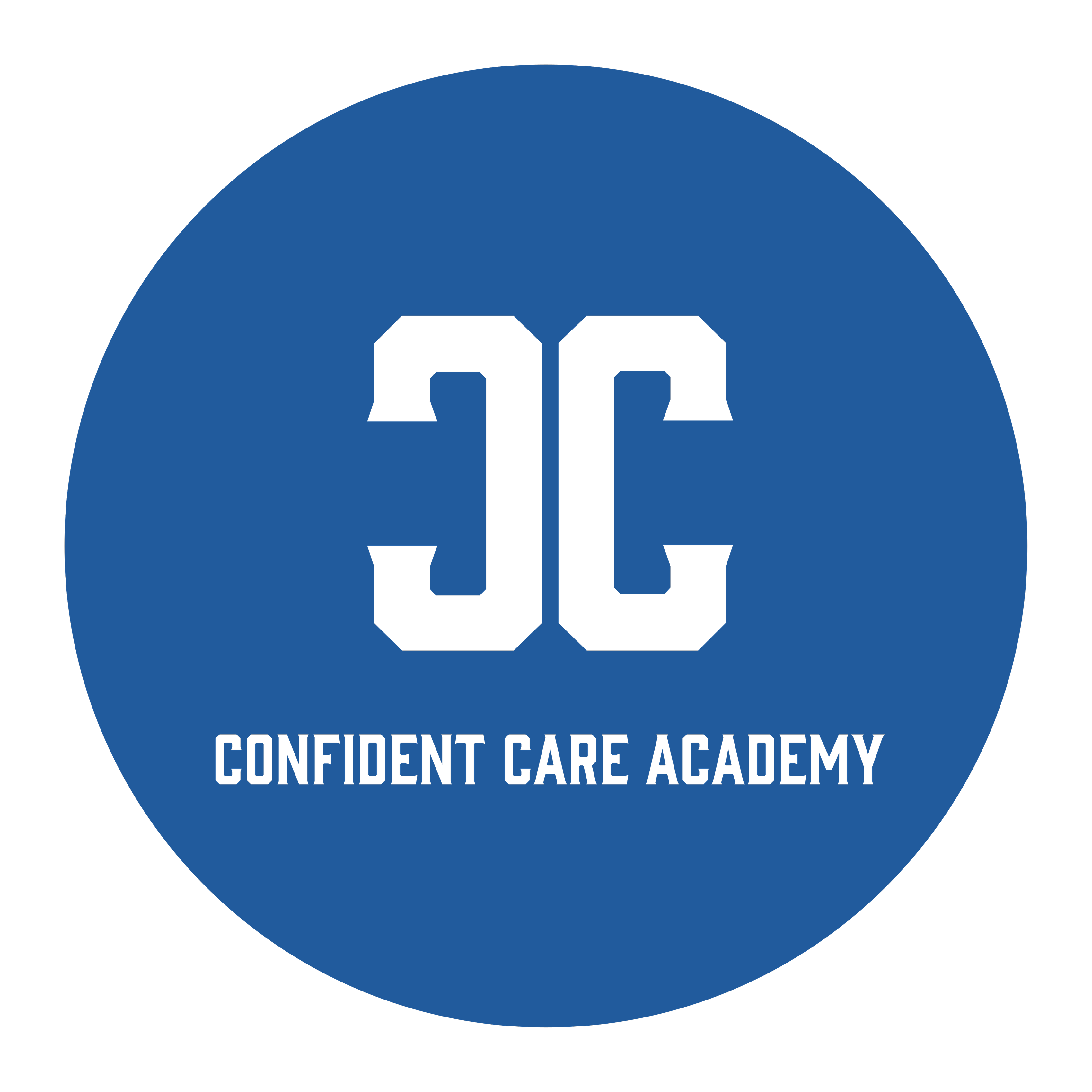Let’s finally Speak Now about the epitome of our existence – student loans. Now, before you groan and think, “Oh great, another talk about loans,” hang on! We promise to make it worth your while. If grad school has *ever* been a thought in your mind, do a quick skim… then, read it through again… then, yup, grab your notebook. Because this is a jam-packed episode we did and you’re going to want to remember this.
Is it even worth it?
- Calculate your return on investment. Let’s talk about the potential/highest “worse case scenario” as either a travel RN or working in a high-paying environment, like the SF Bay area with an average yearly income of $150,000. With the loss of income, taking on 200,000 worth of student loan debts, etc, the total cost of you going back is around $726k. Alternatively though, if you complete CRNA school at 35 and work for 30 years making an average of 250k per year, That is 7.5 Million dollars over those 30 years. It would actually cost you 2.55 million not to become a CRNA. This does not account for lower initial incomes or lower CRNA school tuition. Then, the number could be upwards of 5 million it costs you to not become a CRNA. Whew!
- Calculate your opportunity cost. Some nurses delay going back to CRNA school to save money and avoid student loan costs. Let’s debunk that theory right now and go back to our scenario 1 above making 150k a year and going to a 200k CRNA program. You will actually lose approximately $73k over those 3 years (even counting in the interest!) by not going to CRNA school.
Are you not a numbers girlie? All of these are more explicitly listed on our YouTube video on screen with all the options. Watch it here.
How do these student loans actually work?
- Any undergraduate loans will get deferred! If you still have loans from nursing school, they hit pause!
- First – Apply for FAFSA. This will tell you then which loans you qualify for.
- The first loan is the direct unsubsidized up to 20,500 each year.
- The next loan is the Direct PLUS loan. Note that this one does check your credit score.
Understanding the Cost of Living Stipend
- Not only will you receive the funds for tuition, you will receive a pre-set amount, sent to the government from the school, for your cost of living budget. This will come out of your PLUS loans. Honestly, it’s not always an amazing amount, depending on the school and the overall cost of living in the area you choose. Any savings that you have, keep it for general living expenses! You will need it.
How to Keep Costs Down
- Become an RA at the college to cover your cost of living. This is a great way to get your room/board and meals covered. This can come with the cons of responsibilities during more busy times for you (clinicals, incoming freshman, etc.) but ultimately is a relatively easy job to maintain while going to school. This option is not available everywhere.
- Military Route – Free Programs. US Army Graduate Program in Nurse Anesthesia (Texas) and Uniformed Services University of the Health Sciences / Military Nurse Anesthesia Program (Maryland). With either of these programs, you will of course owe the military time, but free programs!
- Army Reserves. You can be in this during school and they will award you a living stipend and up to $50,000 in tuition reimbursement.
- Puerto Rican Programs. If you are fluent in Spanish, you can consider going to one of the 2-3 programs there, that are less than $25,000 per year.
- Less Expensive School. There are some programs in the US that are just significantly cheaper in the $30-$40k per year range.
- Scholarships. These are harder to compile a list for us because most of them are school specific, but this can definitely be an option. Alternatively, you can look at collegescholarships.org for nurse anesthetist-specific external scholarships.
Loan Repayment Programs.
- Nurse Corps Loan Repayment Program. This repayment program can assist in getting up to 85% of your loan debt paid for. In order to qualify for this, you must be a full-time W2 employee working in a critical access hospital or disproportionate share hospital.
- Public Service Loan Forgiveness. This is a more well-known and easier potential loan forgiveness program.
- Loans have to stay as federal loan debt. If you want to ever apply, do not re-finance with a private company.
- Consolidate all your loans into one private direct loan.
- Work full-time W2 employee for 10 years for a not-for-profit hospital.
- Must be on an income-based loan (IBR) repayment program and paying your payments.
- Loan Consolidation and Refinancing Loans. If one of the forgiveness programs are not for you, you can consider loan consolidation and refinancing. This is not something that we would recommend doing your first year. Let’s get a year of a higher income under your belt and then consider this option. The average interest rate for normal direct loans is 6.8%, whereas most of these private companies can re-finance you at 4% or so with good credit and high income. Two great companies to look at are Nerd Wallet and Join Juno.
Whew! Okay! You made it. That was a lot and can feel overwhelming to some, but don’t let it. Know that if CRNA school is something on your vision board but you never thought was attainable – it is.



